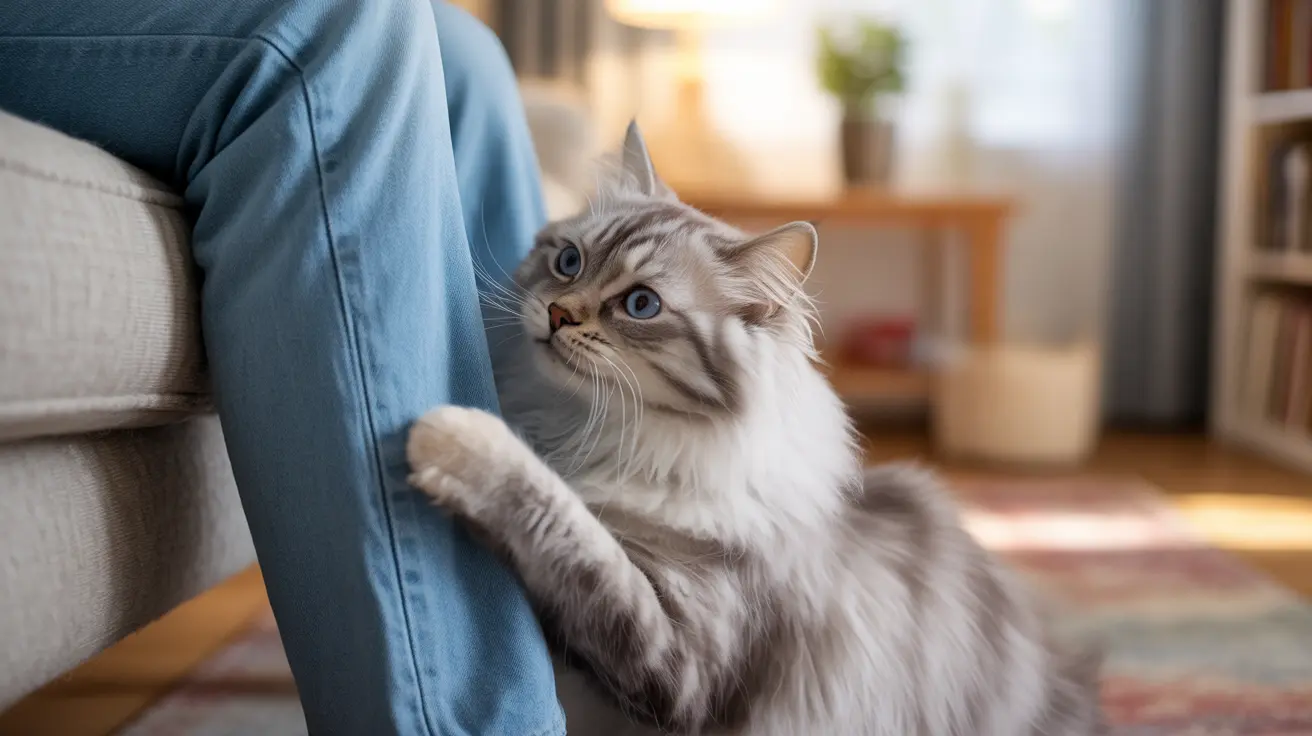Have you ever gazed into your cat's adorable face and wondered if they're aware of their charm? The question "do cats know they are cute" has intrigued pet owners and scientists alike, leading to fascinating research into feline behavior and cognition. Let's explore the scientific evidence behind cats' self-awareness and their unique relationship with humans.
While cats certainly know how to capture our hearts, the reality of their self-perception is more complex than you might think. Recent studies have revealed surprising insights into how cats understand their interactions with humans and whether they consciously use their charm to their advantage.
The Science of Feline Cuteness
Cats possess what scientists call "baby schema" features - large eyes, round faces, and small noses - that naturally trigger nurturing responses in humans. This evolutionary advantage has helped cats forge strong bonds with people throughout their domestication history.
Research shows that these infantile characteristics persist even in adult cats, making them perpetually appealing to humans. This biological programming has played a crucial role in cats' successful integration into human households.
Understanding Cat Communication and Intelligence
Cats have developed sophisticated ways to communicate with humans, including up to 21 different vocalizations. They can recognize their names and distinguish their owner's voice from others, demonstrating remarkable social intelligence.
Studies indicate that cats are masters of social referencing, with 79% looking to their owners for guidance in unfamiliar situations. This behavior suggests they're highly attuned to human reactions and emotions.
The Truth About Cats' Self-Awareness
While cats don't necessarily understand the concept of "cuteness" as humans do, they are excellent students of cause and effect. Through positive reinforcement, they learn which behaviors earn them attention, treats, or affection from their human companions.
Behaviorists have observed that cats often repeat actions that generate positive responses from humans. However, this doesn't mean they're consciously trying to be cute - they're simply doing what works to get what they want.
How Cats View Their Human Relationships
Interestingly, research suggests that cats primarily view humans as larger, non-hostile cats rather than a different species. They display many of the same social behaviors toward us that they would use with other cats, including grooming, rubbing, and proximity-seeking.
Unlike dogs, who often modify their behavior specifically for human interaction, cats maintain their natural feline behaviors. Their "cute" actions are generally authentic expressions rather than calculated attempts to manipulate humans.
Frequently Asked Questions
Do cats know when they are acting cute to get attention from people?
While cats don't understand the concept of cuteness, they can learn which behaviors result in attention or rewards from their owners. Through positive reinforcement, they repeat actions that have proven successful in getting what they want.
How do cats communicate with humans to get positive reactions?
Cats use various methods including vocalizations, body language, facial expressions, and physical contact. They may purr, meow, rub against their owners, or use slow blinks to communicate and elicit positive responses.
Why do humans find cats so cute, and what makes them appealing?
Humans are biologically programmed to respond to "baby schema" features - large eyes, round faces, and small noses - which cats naturally possess. These features trigger nurturing instincts in humans, making cats inherently appealing.
Can cats recognize when their owners think they are adorable?
Cats can recognize positive reactions from their owners but don't understand the concept of being "adorable." They respond to the tone of voice, body language, and rewards associated with human approval.
What behaviors do cats use that are commonly interpreted as cute by people?
Common behaviors include head-butting, purring, kneading, slow blinking, rolling over to show their belly, and playful antics. While humans interpret these as cute, they're natural feline behaviors serving various social and communicative purposes.
Conclusion
While cats may not consciously know they're cute, they've evolved alongside humans to become masters at social interaction and communication. Their ability to learn which behaviors generate positive responses helps strengthen the unique bond between cats and their human companions, whether they're aware of their charm or not.






